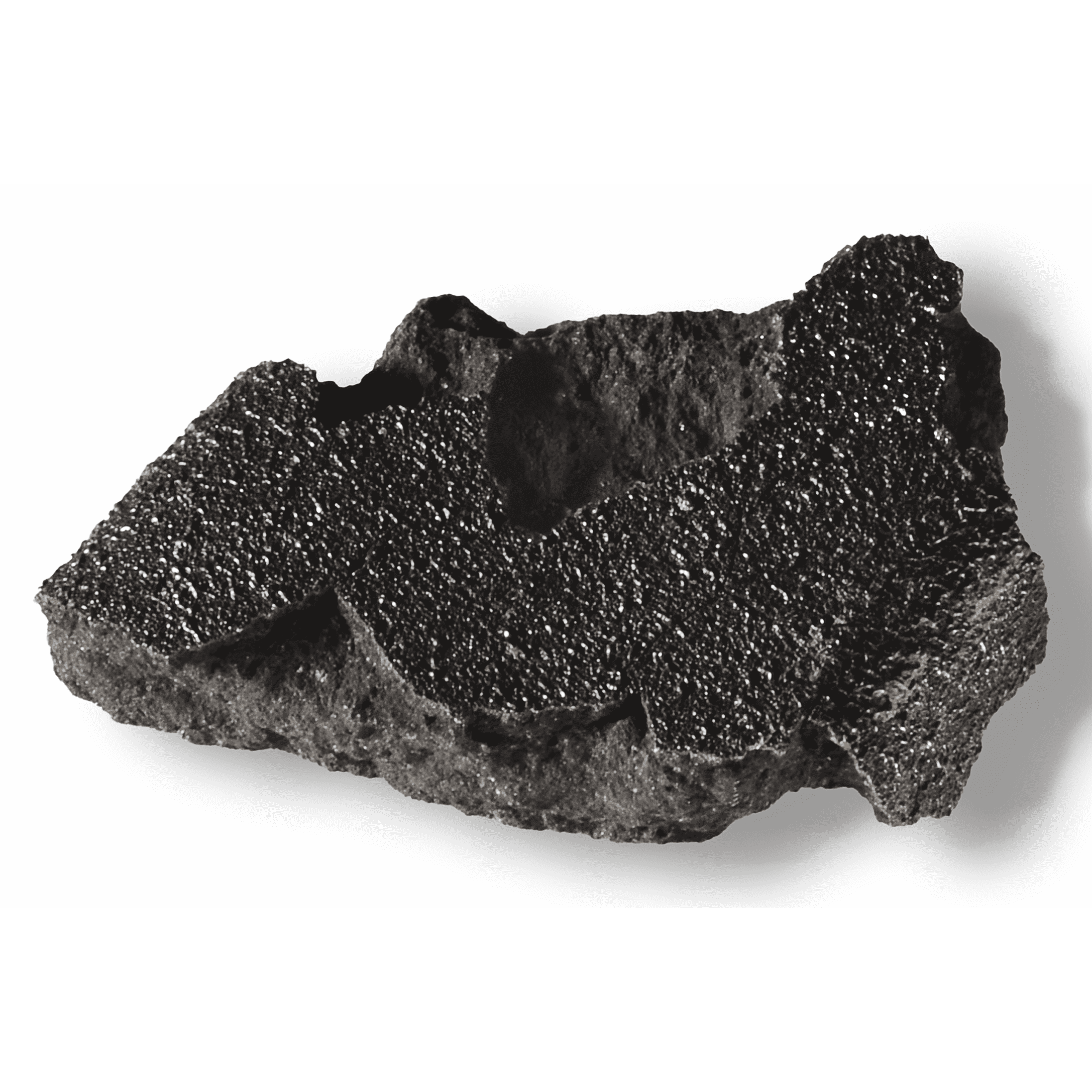
30. WINCHCOMBE METEORITE FRAGMENT WITH FUSION CRUST
CM2
Winchcombe, England (51.945°N, 2.032°W)
Fell February 28, 2021 / TKW: 602g
Perhaps the news of the Winchcombe meteorite shower of February 28, 2021 can best be summed up by a quote in National Geographic. Said the typically decorous cosmochemist, Sara Russell, the Lead Researcher at the Planetary Materials Group at the Natural History Museum in London, “We’ve all just gone bananas!”
Like Cold Bokkeveld (see lot 9) Winchcombe is a CM2 meteorite with small chondrules, CAIs and hydrated minerals in a fine-grained carbon-rich matrix. Many CM2s are also rich in prebiotic compounds and amino acids — as is the case with both of the aforementioned.
Stated Dr. Mark Sephton, an astrobiologist at London’s Imperial College, “The organic molecules in the [sample of Winchecombe] are older than the Earth itself, and similar molecules would have rained down on the early Earth before life emerged. They may represent the first chemical steps towards life in the early solar system, and could be the leftover ingredients from the recipe of life.”
As a result of the multiple camera angles on its descent, Winchcombe’s orbit around the sun has been precisely determined. Moreover, it is similar to the samples retrieved in 2020 by the Japanese space probe Hayabusa2 from the asteroid 162173 Ryugu.
Only 602 grams of Winchcombe was ever found — and 90% of this material is controlled by The Natural History Museum. This is a rare offering of the renowned Winchcombe meteorite.
19 x 12 x 4mm (0.75 x 0.5 x 0.1 inches) and 1.43 grams (7 carats)
Estimate $3,000 – 4,500 * No Reserve
